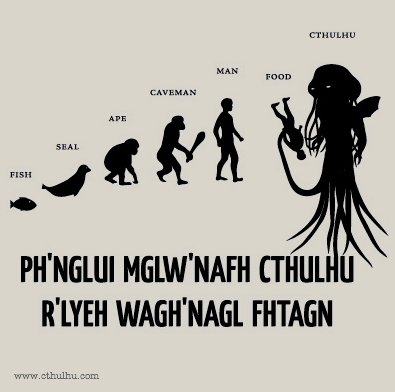bernerbrau
Well-Known Member
Sure. http://www.britishbrewer.com/2010/03/hop-bursting/
They do the math but in conclusion:
"So we have an ale with the same IBU made with the same hops as the traditional bittering method except the hop load is 5 1/2 oz as compared with 1.2 oz giving us an really BIG hop flavour and aroma. "
On that recipe, they're going right down to the wire with their big hop additions, so the bitterness utilization is a lot less. If you read it, 3 ounces are being added just a minute before flameout. At that point you're going to need a TON of hops to get any bitterness contribution at all. Most of the bitterness is coming from the 15, 10, and 5 minute additions, which is all of 2 1/2 oz, about twice the original amount. They're not saying it takes 4 times as many hops to get the same amount of bitterness as from an early addition. They're saying they used 4x as many hops to increase the hop flavor and aroma.





